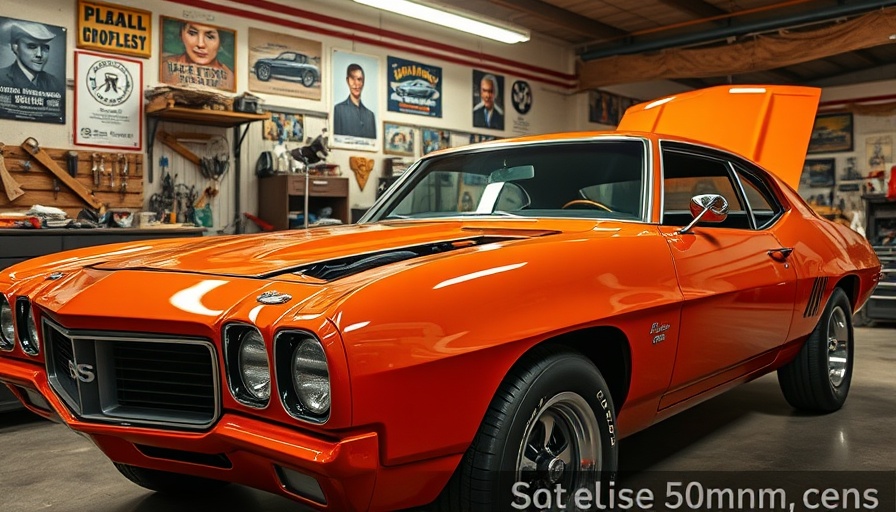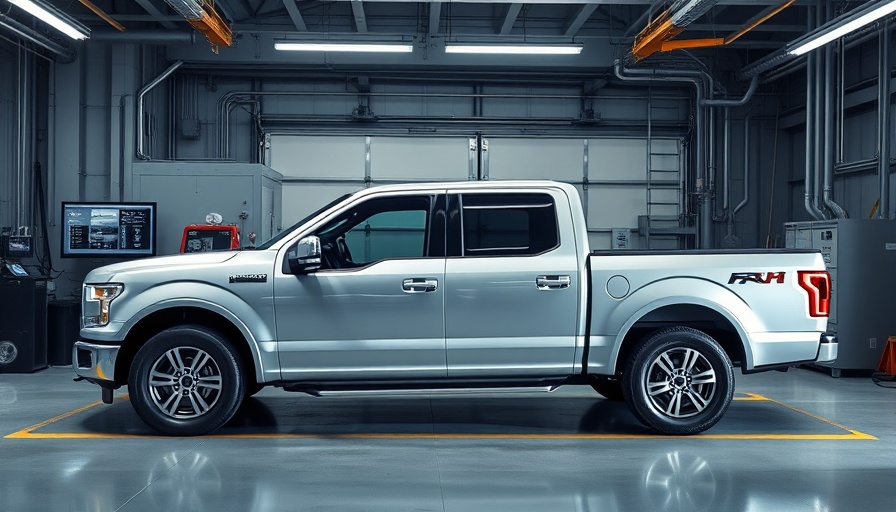
Budgeting for Your Classic Car Restoration Project
Embarking on a classic car restoration journey is not only about breathing new life into an old vehicle; it's also a considerable financial undertaking. With various factors to consider—from parts and labor costs to unexpected expenses—crafting a succinct budget can be pivotal to the success of your project. Here’s how you can effectively budget for your classic car restoration.
Define the Scope of Your Restoration
The initial step in budgeting for a classic car restoration is to clearly define what you aim to achieve. Will it be a full restoration, encompassing an engine rebuild, bodywork, and interior refurbishment, or a partial restoration focusing on specific areas? For instance, a vintage Ford Mustang or Chevrolet might require different levels of work based on their current condition. Understanding the extent allows you to prioritize critical tasks and allocate your budget accordingly, which is a must if you want to avoid overspending.
Account for Parts and Materials Costs
Parts and materials constitute one of the largest portions of your budget. Rare and vintage car parts often come with a hefty price tag, so be prepared. From body fillers to upholstery, these items can significantly impact your total costs. A classic car interior restoration, for instance, can vary tremendously based on the condition and level of detail required. Researching suppliers and shopping for deals can mitigate some expenses, helping you save while ensuring quality.
Evaluating Full vs. Partial Restoration
Deciding between a full or partial restoration can greatly influence your financial plan. Full restorations can range anywhere from $20,000 to over $50,000. If your budget is limited, a strategic approach might involve focusing solely on critical aspects—like engine performance, which is often less intrusive to work on compared to full bodywork. This way, you maintain a balance between fully restoring your classic car and keeping your finances intact.
Understand Labor Costs: DIY vs. Professional Help
Labor costs can rapidly escalate, particularly if you opt for professional services. Generally, restoration shops charge between $50 to $150 per hour depending on the complexity of the work. While some tasks—like polishing or minor assembly—can be reasonably executed at home, others, such as engine rebuilds or bodywork repairs, are best left to professionals. Consider your own skills and the value of your time when deciding what tasks you can reasonably handle yourself.
Planning for Unexpected Costs
One of the most crucial aspects of budgeting for your restoration project is anticipating the unforeseen. It's common to discover hidden issues like rust and damaged components as you delve deeper into restoration. Establishing a contingency fund of 10-20% of your overall budget for these occurrences can keep your project from derailing and allow you to address unexpected issues without the stress of financial strain.
Exploring Financing Options
If your funds are running low before the completion of your restoration, financing might be an option worth considering. There are classic car restoration loans available that typically have lower interest rates compared to traditional credit cards—making them a smarter choice for many restorers. Whether restoring a high-value collector’s car or a beloved classic, utilizing financing options can help spread the costs over time and provide financial relief.
Frequently Overlooked Restoration Costs
When preparing budgets, it's also essential to consider often-overlooked costs. Paint and custom finishes can vary widely based on quality and labor. Additionally, detailing, upholstery repairs, and even routine maintenance post-restoration must be factored into your overall budget. Being thorough in your cost assessments will help you avoid surprises as you progress through your restoration journey.
The Rewards of Classic Car Restoration
Beyond numbers, the emotional and sentimental rewards of restoring a classic vehicle can be immense. Many restorers find joy not just in the finished product but also throughout the learning and creating process. It's about preservation, craftsmanship, and the stories wrapped in the metal. So once the hard work is in play, remember why you started the journey—the love of classic cars, and the community built around them.
Conclusion: Stay Informed and Engaged
By clearly defining your restoration objectives, understanding costs, exploring financing options, and preparing for the unexpected, you can effectively manage your budget and achieve your classic car aspirations. The journey of restoration is filled with challenges, but with thoughtful planning and consideration, it can also lead to immense satisfaction and pride in your work.
 Add Row
Add Row  Add
Add 




 Add Row
Add Row  Add
Add 

Write A Comment